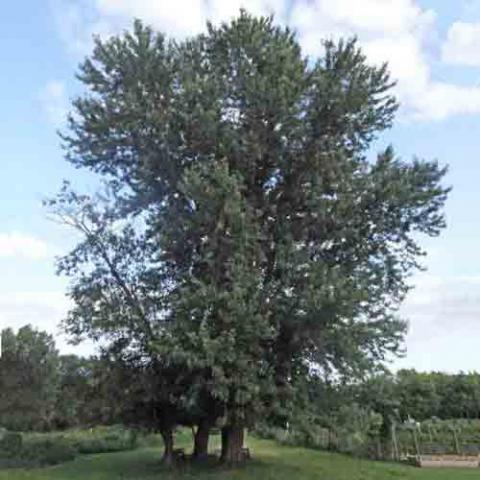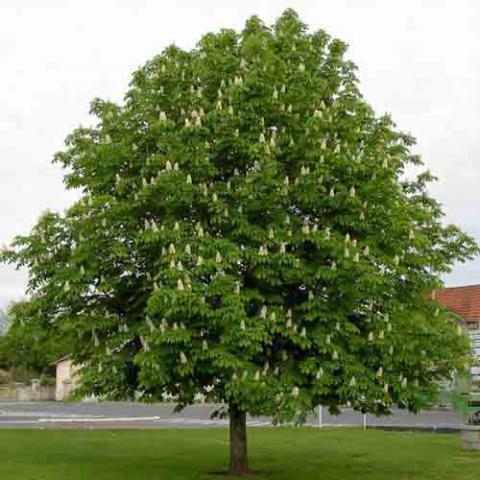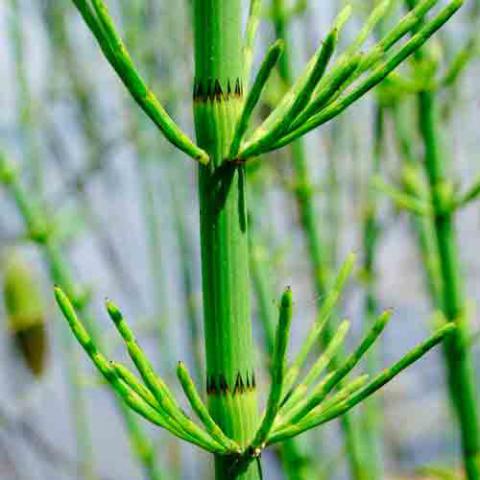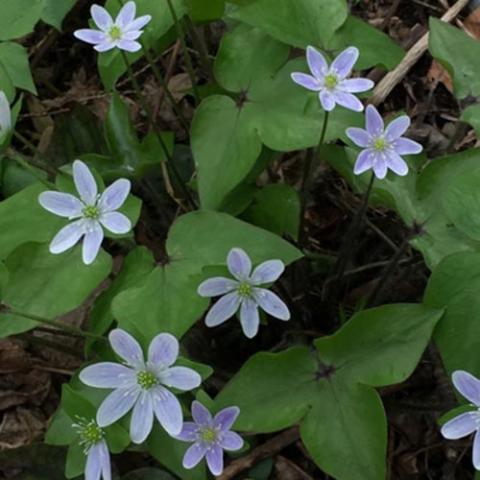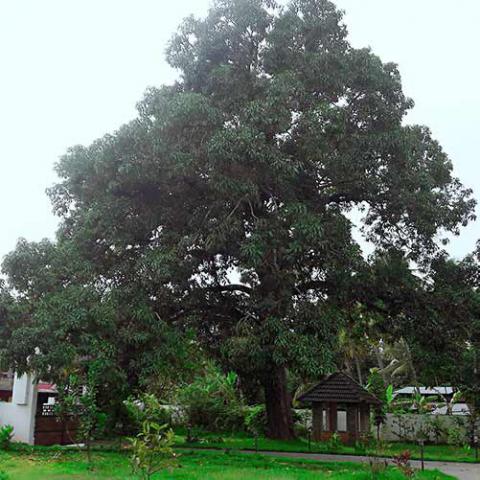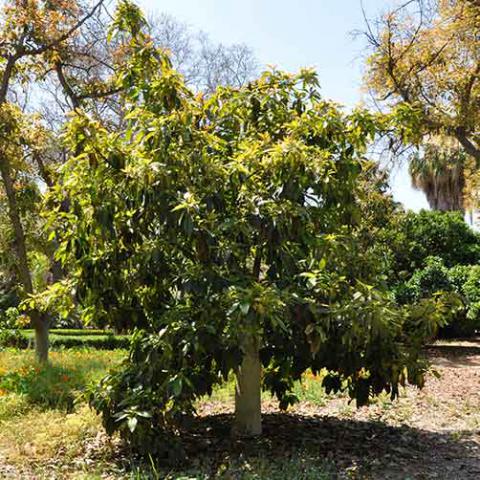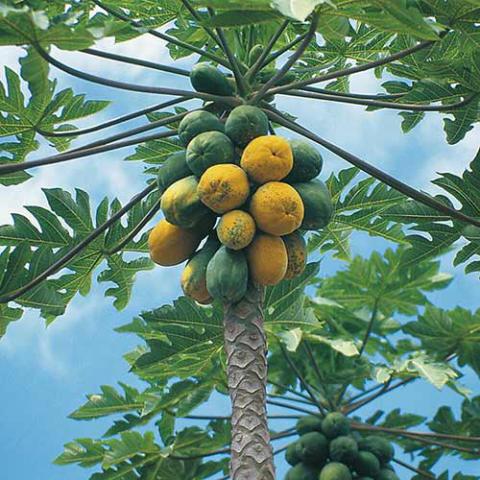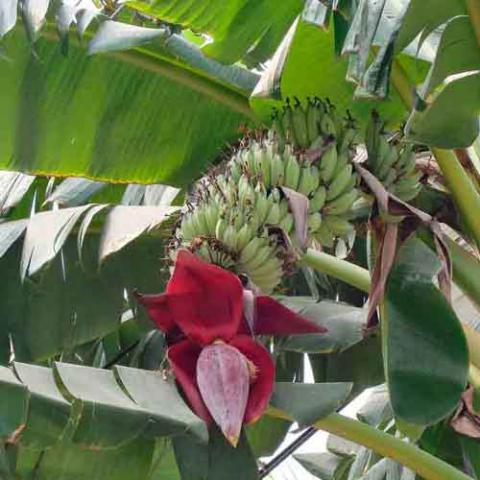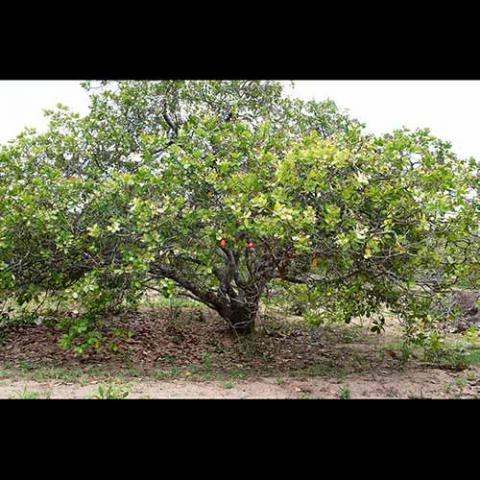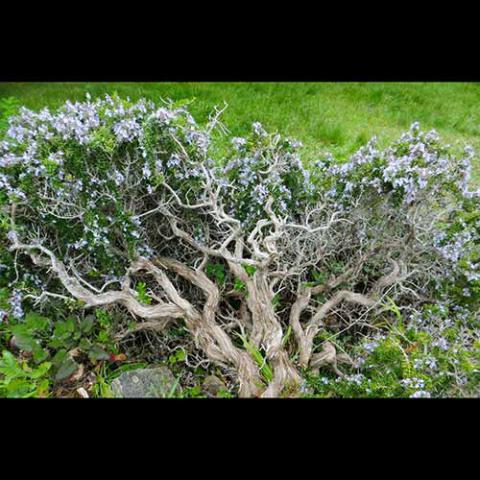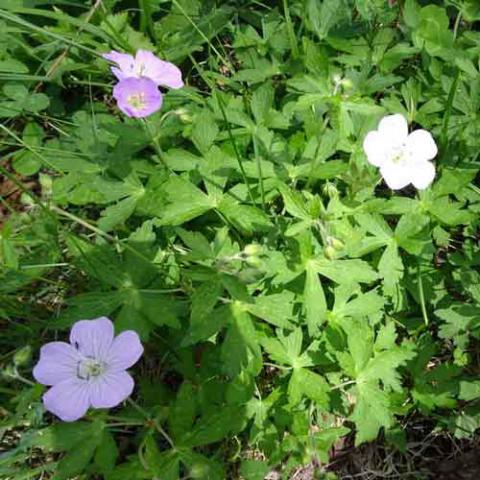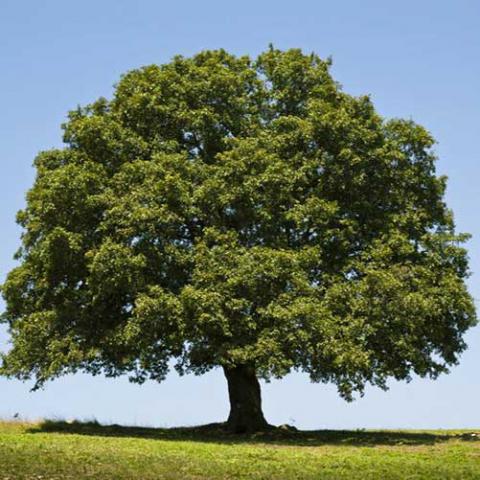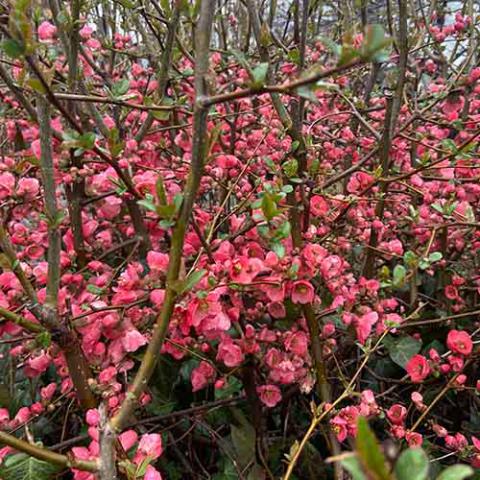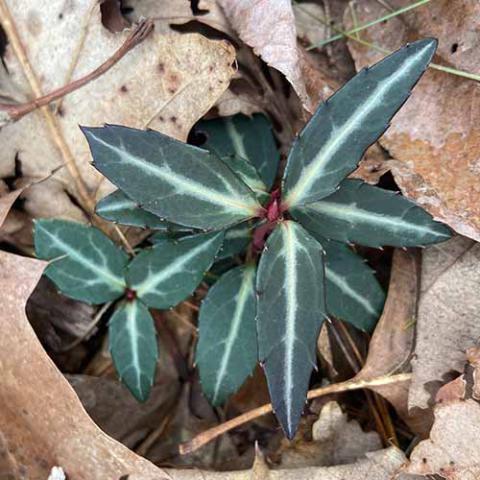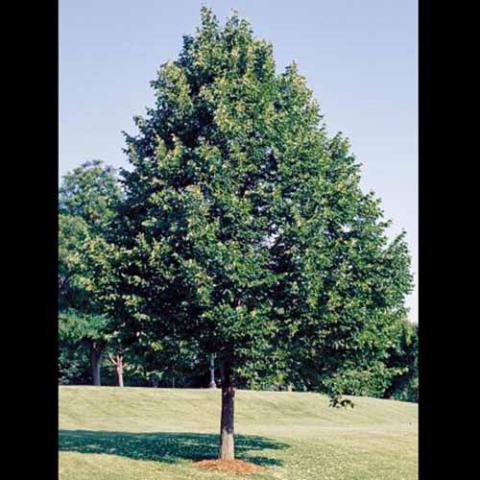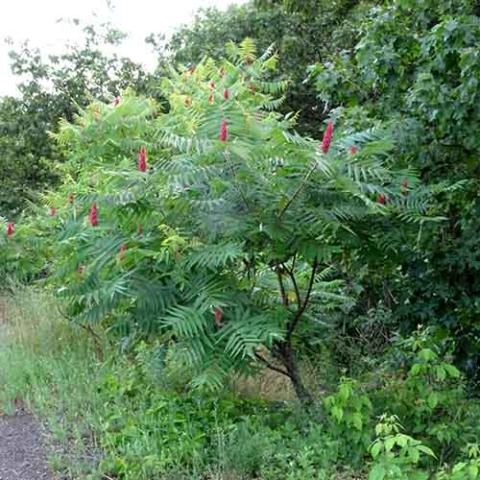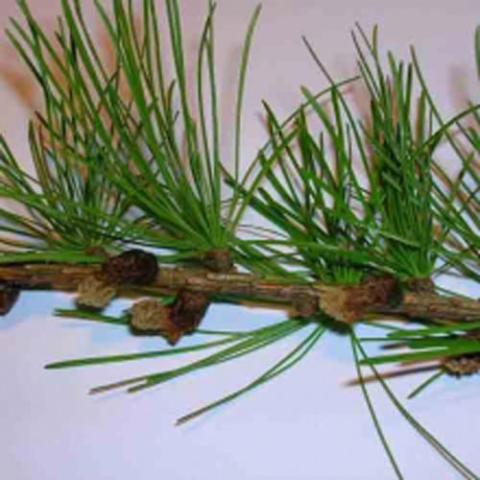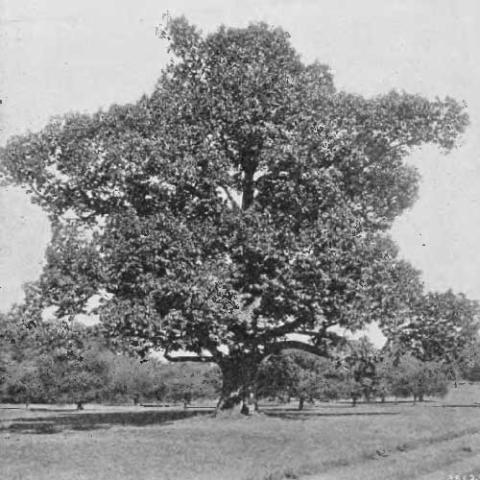Therapeutic: Astringent
What is an Astringent?
If you’ve ever had a cup of tea or glass of wine, then you have personally experienced astringency. The tightening of the tissue of the mouth is the astringent action of the plant at work. Astringents (sometimes called Styptics) are remedies that contain constituents that have a binding action on mucous membranes, skin, and other exposed tissues.
How Astringents Work
Usually this effect is due to a group of complex chemicals called tannins. They have the effect of precipitating protein molecules (how animal skin is turned into leather). Astringents have a role in a wide range of problems in many parts of the body, but are of special importance in wound healing and conditions of the digestive system.
Their therapeutic benefits include:
- A reduction of irritation on the surface of tissues due to a form of numbing
- A reduction in surface inflammation
- A barrier against infection is created which is of great help in wounds and burns
Long-term internal use or too much in the diet can be detrimental to health, as there may be an eventual inhibition of proper food absorption across the gut wall.
Herbal Examples
- Rubus idaeus (Red Raspberry)
- Quercus rubra (Northern red oak)
- Quercus alba (White oak)
- Geranium maculatum (Cranesbill)
- Capsella bursa-pastoris (Shepherd’s Purse)
Adapted from David Hoffman’s ‘The Herbal Handbook: A User’s Guide to Medical Herbalism” & “Medical Herbalism”
Reference:“The Naturopathic Herbalist”

